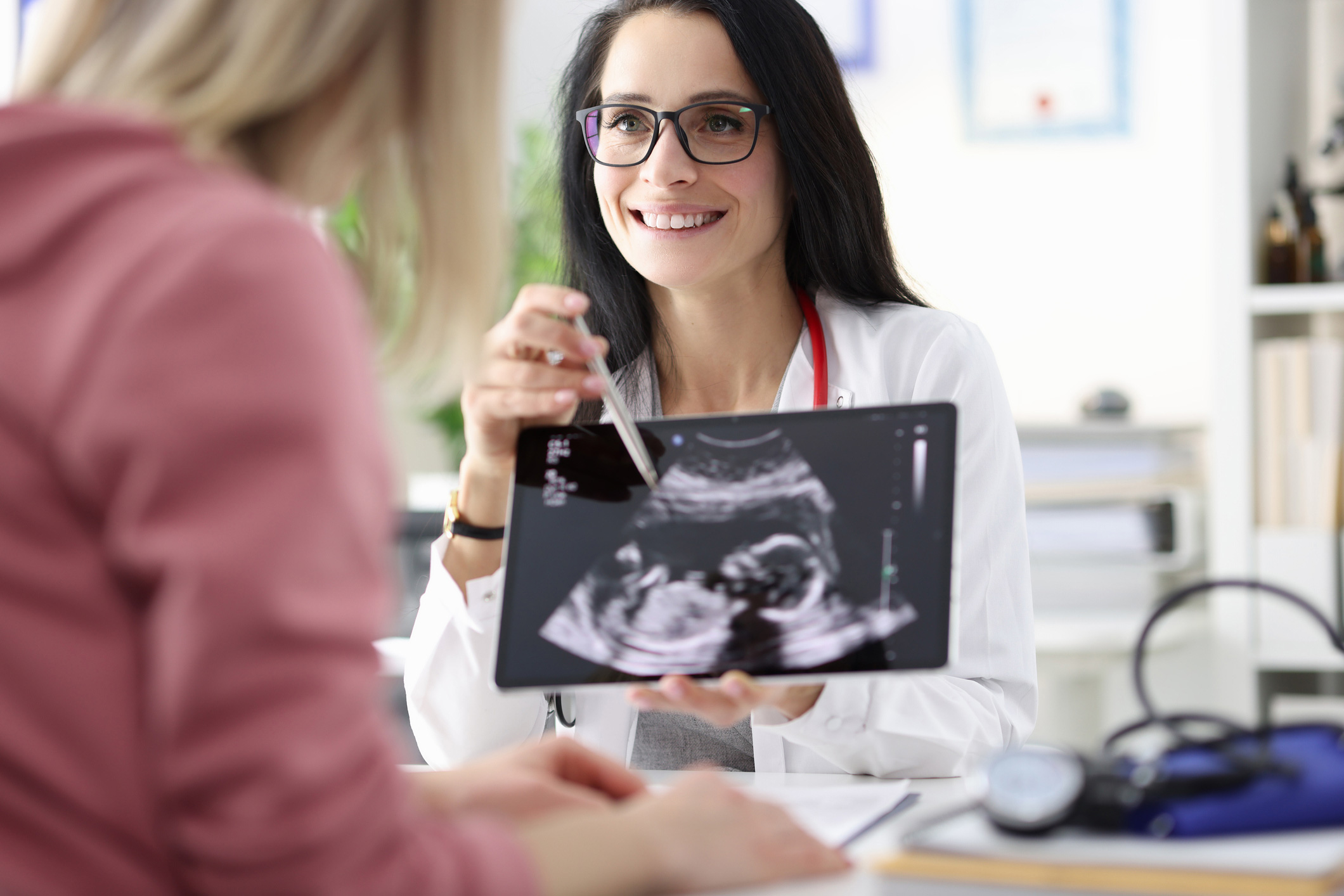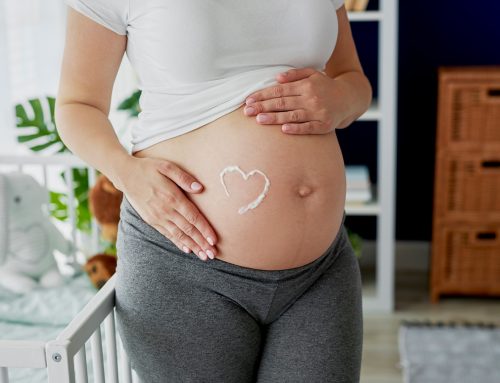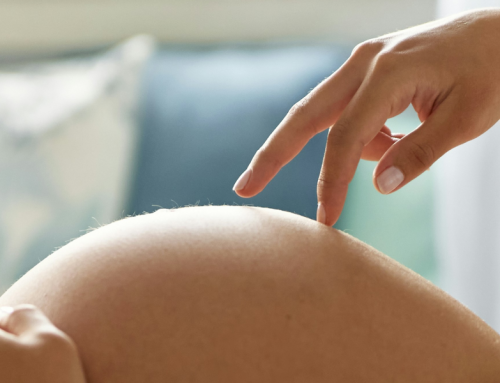In vitro fertilisation (IVF) is an assisted reproduction treatment in which sperm from a male partner, or sperm donor, is combined with oocytes (eggs) that have been retrieved from a female partner, or egg donor, in our embryology laboratory. Since the probability of getting pregnant increases with the number of available transfers in three consecutive attempts or cycles, in this article we will explain the likelihood of getting pregnant with IVF on the first attempt, as well as the procedure and other interesting facts.
First of all, it is important to clarify that the probability of pregnancy through IVF is determined by many factors, which include the number of cycles performed. Therefore, in this article we will explore how the most relevant factors are related and also how the likelihood of getting pregnant during the first IVF can be increased through the different In Vitro Fertilisation techniques available according to the types of donors.
What is In Vitro Fertilisation (IVF) and how many types are there?
Traditionally, in IVF the ovaries are stimulated in order to ensure that a maximum number of eggs mature. Daily injections of hormonal drugs (gonadotropins) stimulate the ovaries for 10-14 days.
Hormonal drugs cause the follicles to grow, which increases the hormone level of oestrogen (oestradiol), which then promotes the growth of the uterine lining, thus preparing the lining for embryo implantation. The transfer of the blastocysts (embryos that have developed 5-6 days after fertilisation) takes place 5-6 days after egg retrieval.
If the number of eggs retrieved is high, and more embryos are generated than we are going to transfer, these can be cryopreserved for later use in a second attempt or for the purpose of trying to conceive future offspring. This sequence of steps is called the IVF stimulation cycle and, as we will see, the number of cycles has an influence on the calculation as to the chances of pregnancy after IVF.
Types of In Vitro Fertilisation (IVF)
The different types of In Vitro Fertilisation treatments vary according to the origin of the gametes (oocytes or spermatozoa), which are classified as follows:
- IVF using your own eggs and your partner’s sperm
- IVF using your own eggs and donor sperm
- IVF using donor eggs and your partner’s sperm
- IVF using donor eggs and donor sperm
When we talk about IVF with your own eggs, it is important to bear in mind that the woman’s age plays an important role in the chances of pregnancy. Depending on this, the situation will be studied jointly with the patient and, taking into account the results and the planning, the most suitable decisions will be made for each case. There is no limit to the number of ovarian stimulations to be carried out.
IVF success rate in first attempt
At Eugin, most In Vitro Fertilisation (IVF) treatments are performed using the ICSI technique, which substantially improves the fertilisation rate. The recommended number of attempts depends on how many blastocysts are obtained in the first cycle. The higher the number of viable eggs in the IVF treatment cycle, the greater the chance of obtaining more chromosomally normal embryos available for transfer. Below we will look at the likelihood of pregnancy after IVF with both donor eggs and your own eggs.
Using donor eggs
When there is an egg donation in IVF, young healthy women are selected whose eggs have already successfully passed multiple medical and genetic tests; therefore, the age factor of the woman to be fertilised is no longer a determining factor in the likelihood of pregnancy. According to our certified success rates, in this situation the probability of pregnancy with IVF using donor eggs IVF is 69% at the first attempt (cycle).
Using your own eggs
As we said earlier, age influences the possibility of pregnancy in the first IVF cycle using your own eggs. In the case of IVF in women under the age of 35, the probability of success after the first transfer is 56%, and after the transfer of all the embryos created in the same cycle (cumulative rate), it is 71%; however, at the age of 40 this result is reduced to 44% and 53% respectively, going down to a probability of 24% and 32% after the age of 40 and dropping to 11% and 12% in women over the age of 44.
IVF success rate in second attempt
In a second IVF cycle we have the advantage of being able to take into account all the information provided by the first cycle.
For example, ovarian stimulation patterns can be adjusted, a hysteroscopy may be recommended, and the possibility of carrying out a laparoscopy can be evaluated, which can help to diagnose the existence of a hidden pathology such as endometriosis, and even gamete donation (eggs or sperm) may be taken into account. Performing a second IVF attempt (second cycle) increases the probability of pregnancy cumulatively.
Using donor eggs
According to our certified statistics, in this situation the chances of pregnancy by IVF are 91% in the second attempt (cycle).
IVF success rate in third attempt
As we explained at the beginning, the accumulated rate of the 2nd and 3rd cycle is an estimate of the probability of pregnancy that would be obtained by carrying out 3 consecutive cycles. Assuming that the transfer of all the embryos generated is a cycle, the likelihood of pregnancy with IVF in the third cycle is as follows.
Using donor eggs
According to our certified success rates, in egg donation, and following three complete cycles with a blastocyst embryo, the probability of pregnancy with IVF is 98% on the third attempt (cycle).
Using your own eggs
Compared to the second cycle, a third attempt with one’s own eggs no longer increases the chances of pregnancy, which remain constant compared to the previous cycle.
In conclusion, IVF is a highly effective treatment that has enabled many women to achieve their dream of having a baby. It has opened up new possibilities for people with infertility and genetic disorders, as well as allowing couples to identify chromosomal abnormalities before conceiving.
By understanding the different types of IVF available, women can increase their chances of success and reduce the number of cycles needed. Armed with this knowledge, patients can move forward with confidence and hope for a successful outcome. If you need a specialist to help you on this journey, don’t hesitate to make an appointment with us. We will be there for you every step of the way.






